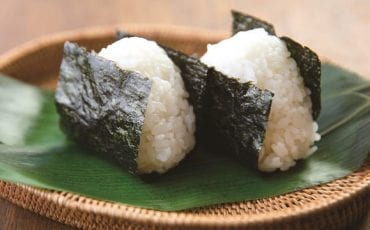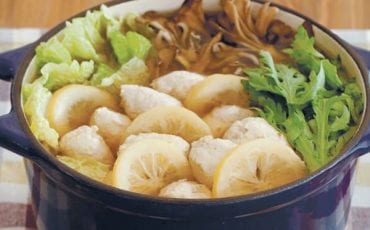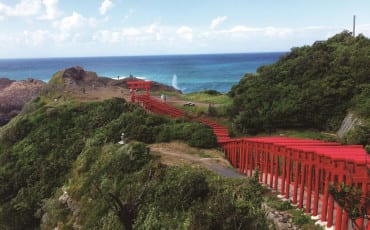Articles
Seasons
May 1, 2019
Back to school
Spring is for offspring, as children in Japan start the new academic year in a season of fresh beginnings.
If you are a parent in Japan, chances are you have a photograph of your child on the first day of school under a riot of pink cherry blossoms.
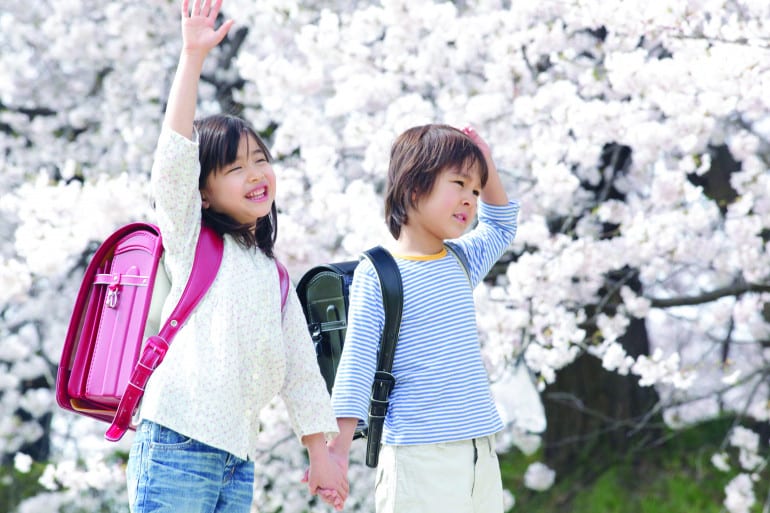
The Japanese school year kicks off in early April, around the same time sakura go into full bloom. Many schools have cherry trees on their grounds and the flowers are an iconic sight that accompanies uniformed kids through the gates, to their classrooms. Families mark the occasion proudly, accompanying their offspring in their best outfits, as it is also symbolic of a young person’s initial steps into community and society.
A sense of renewal and ritual runs through the back-to-school routine. Parents might also give their offspring study desks at home to mark the start of formal learning. Elementary school-kids are given randoseru—a firm, stitched-leather backpack that will last them through six grades—a tradition dating back to the Edo period (1603-1868).
In the past, girls carried red randoseru, while boys had black ones. This, however, has changed, with a great variety of colours and designs these days.
Reds and pinks also permeate other parts of Japanese life in April, as nature reawakens. As winter melts away, young and old alike venture out to farms to pick fresh strawberries (say “ichigo” in Japanese!), either around Tokyo or further afield from urban centres. Shizuoka Prefecture, with more than 1,500 commercial strawberry-growers, has been dubbed the “Strawberry Kingdom”, for instance.
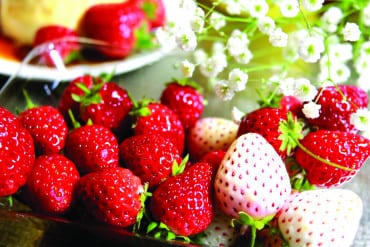 As juicy strawberries ripen from yellow to crimson on their stalks, you are free to go around with scissors to fill baskets or punnets with them. While some farms sell by the weight, others have a buffet policy, which is possible as eco-friendly and organic cultivation methods make it safe to eat the fruit right off their runners.
As juicy strawberries ripen from yellow to crimson on their stalks, you are free to go around with scissors to fill baskets or punnets with them. While some farms sell by the weight, others have a buffet policy, which is possible as eco-friendly and organic cultivation methods make it safe to eat the fruit right off their runners.
Strawberry varieties include Shizuoka’s benihoppe (red cheeks), known for their sweetness balanced with enough acidity; Fukuoka’s amaou, which are large and round; and Tochigi Prefecture’s famed tochiotome. The latter two have even been infused into speciality KitKat bars.
Do as the local people do and sample strawberries with condensed milk. Alternatively, they can be shipped home and turned into desserts: strawberry sponge cakes, parfaits—you name it.
As April gives way to May, the land becomes green with growth. Don’t forget to try chimaki, a sticky rice dumpling wrapped in bamboo, banana or reed leaves. Eaten on 5 May to mark Children’s Day, it is believed to be related to the Chinese zong zi.
Sweet chimaki might be glutinous rice filled with yokan (sweet red bean gelatin) or kudzu (arrowroot) powder, while savoury ones might contain chicken or pork, bamboo shoots, shiitake mushrooms, burdock root, chestnuts and ginkgo nuts.
Light April showers intensify into June rain. Stuck at home because of the downpours, children entertain themselves indoors—that is, when they are not in school, before the term break in July.
To while the time away, some kids might make teru teru bozu (literally “shine shine monk”). This is a small doll made from white paper, tissue or cloth and is meant to bring good weather. Hang the talisman at the window or embellish your umbrella with it and it just might bring out the sun.
If the weather turns out well, the dolls are traditionally drenched in sake and washed away in a river. Teru teru bozu became popular in the Edo period—famous songs have since been written about the doll—and remains a quintessential Japanese spectacle that holds magic for all ages.
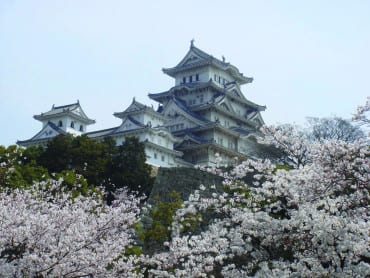 A Postcard from Japan
A Postcard from Japan“I always find Japanese castles and cherry blossoms make a good pair when it comes to spring!” − Oishii reader Phoebe Wong
(TEXT CLARA CHOW )





